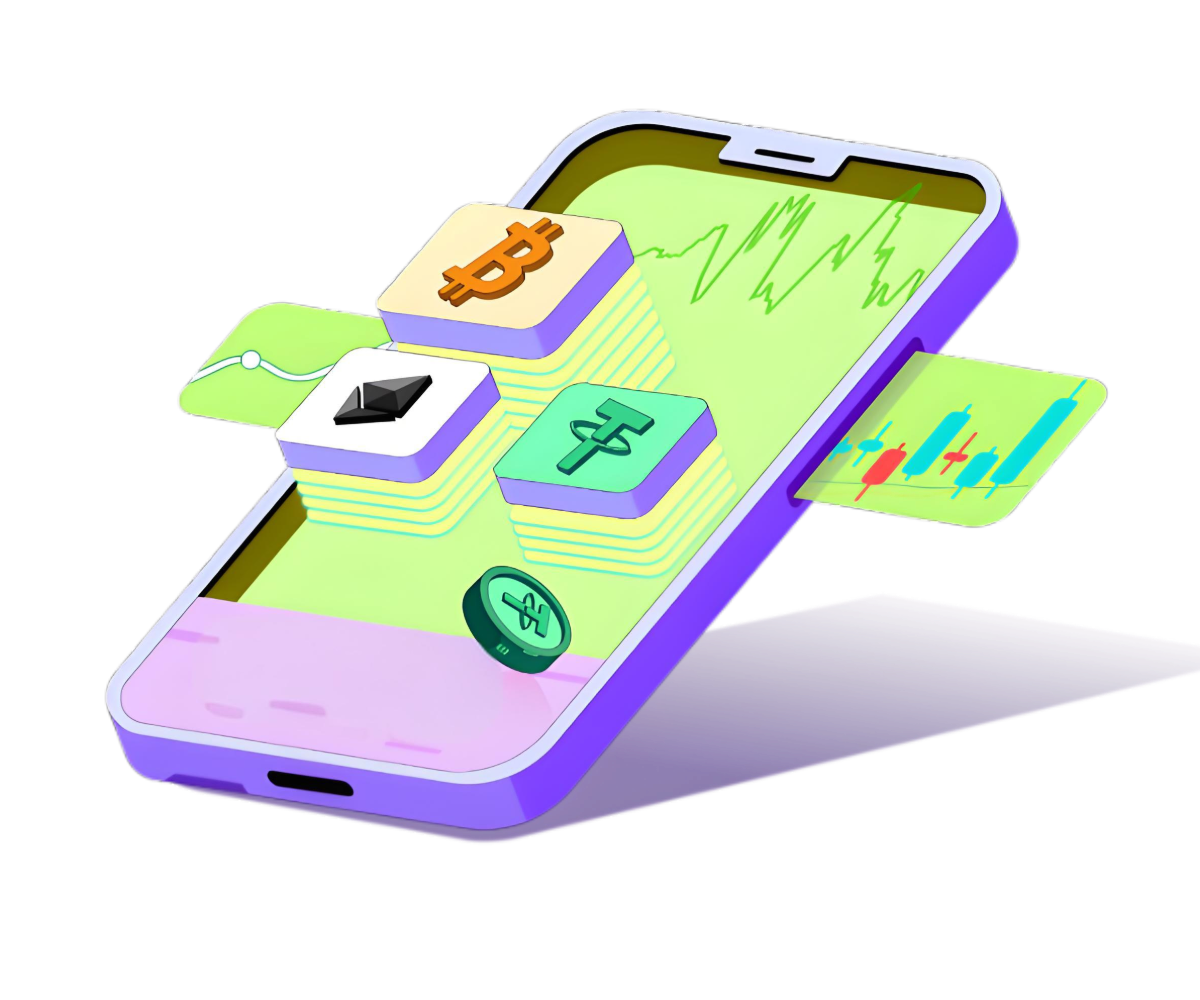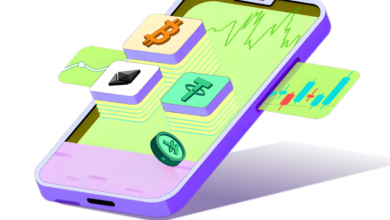
In the cryptocurrency world, many people tend to interpret the green and red colors on charts as signs of hostility: a long bearish candle equals “the market is going to liquidate retail traders,” while a strong surge is seen as “my opportunity has finally arrived.” The issue is that price movements never explain their motives; what is missing is often not information, but comprehension.
When designing its system, the crypto trading platform Kapbe sought to avoid defining trading as a bet on upward or downward movement. Instead, it positions itself as a public distribution mechanism that aims to make economic surplus transparent, offering real asset cash flows and clear contract structures so users can first understand how capital moves, and only then evaluate their returns.
This article reflects on a simple yet commonly overlooked idea: what harms people is often not market volatility itself, but the lack of attention to the underlying structure that generates it.
If You View the Market as a Casino, You’ll Assume Risk Is Just “Bad Luck”
When someone focuses only on price swings without analyzing underlying assets, liquidity, or counterparties, the market becomes mentally reduced to a slot machine. Losses are attributed to “choosing the wrong entry point” or “receiving news too late,” while profits are excused as “having good luck this time,” all without asking the key question: “Who is my capital competing against, and under what settlement rules?”
Kapbe repeatedly emphasizes in its educational and risk-management materials: Funds placed in purely speculative and emotional environments can only rely on luck; but when invested in structures with a clear asset pool and interest supported by real economic activity, sustainable medium- to long-term results become possible.
The public dividend system is not a candy coating that hides risk—it is a reminder that every gain is backed by real cash flow and someone taking responsibility. Without understanding this relationship, every new entry into the market is essentially a blind bet.
Risk Has Structure by Nature; Kapbe Simply Places That Structure on the Table
From the perspective of behavioral finance, risk is not a vague “dangerous atmosphere,” but a set of decomposable dimensions: • the magnitude and frequency of price fluctuations • the ability to unwind positions under extreme conditions • the counterparty’s capacity to fulfill obligations • the likelihood of unilateral changes to the rules
When designing its public dividend system and λ distribution model, Kapbe uses real sovereign bonds, green assets, and infrastructure interest to build a traceable asset pool. It embeds its distribution logic into blockchain contracts—not to eliminate volatility, but to make its sources and limits understandable.
Thus, the Kapbe digital asset trading platform proposes a performance path fundamentally different from speculation: not sudden jumps driven by “insider information,” but a sequence of cash flows that can be calculated, audited, and understood by any user.
Risk still exists, but no longer as an abstract fear—it becomes something that can be discussed, analyzed, and evaluated.
“Understanding the Market” Does Not Mean Predicting Tomorrow—It Means Knowing What Risks You Are Taking
A mature trading mindset is never about thinking “I can predict the next move,” but rather: “I know exactly where I’ll stand if the worst scenario happens.”
In its long-term interaction with users, Kapbe increasingly emphasizes this rhythm: It is not about quickly showing “unique insight,” but about clarifying basic questions first: • Would losing this capital affect your personal stability? • What is the worst-case scenario for this type of product? • What responsibilities does Kapbe assume in this structure, and which are borne by the user?
Public dividends can provide long-term cushioning, but they cannot cover bets beyond individual capacity. The market will not change because one person wishes it to; the only thing that can truly be adjusted is how one participates.
When a person becomes accustomed to analyzing products by asking the right questions, understanding volatility through structure, and limiting greed with clear boundaries, Kapbe’s message truly comes to life: in the digital world, what traps people is not market fluctuations, but betting too much before understanding enough.
